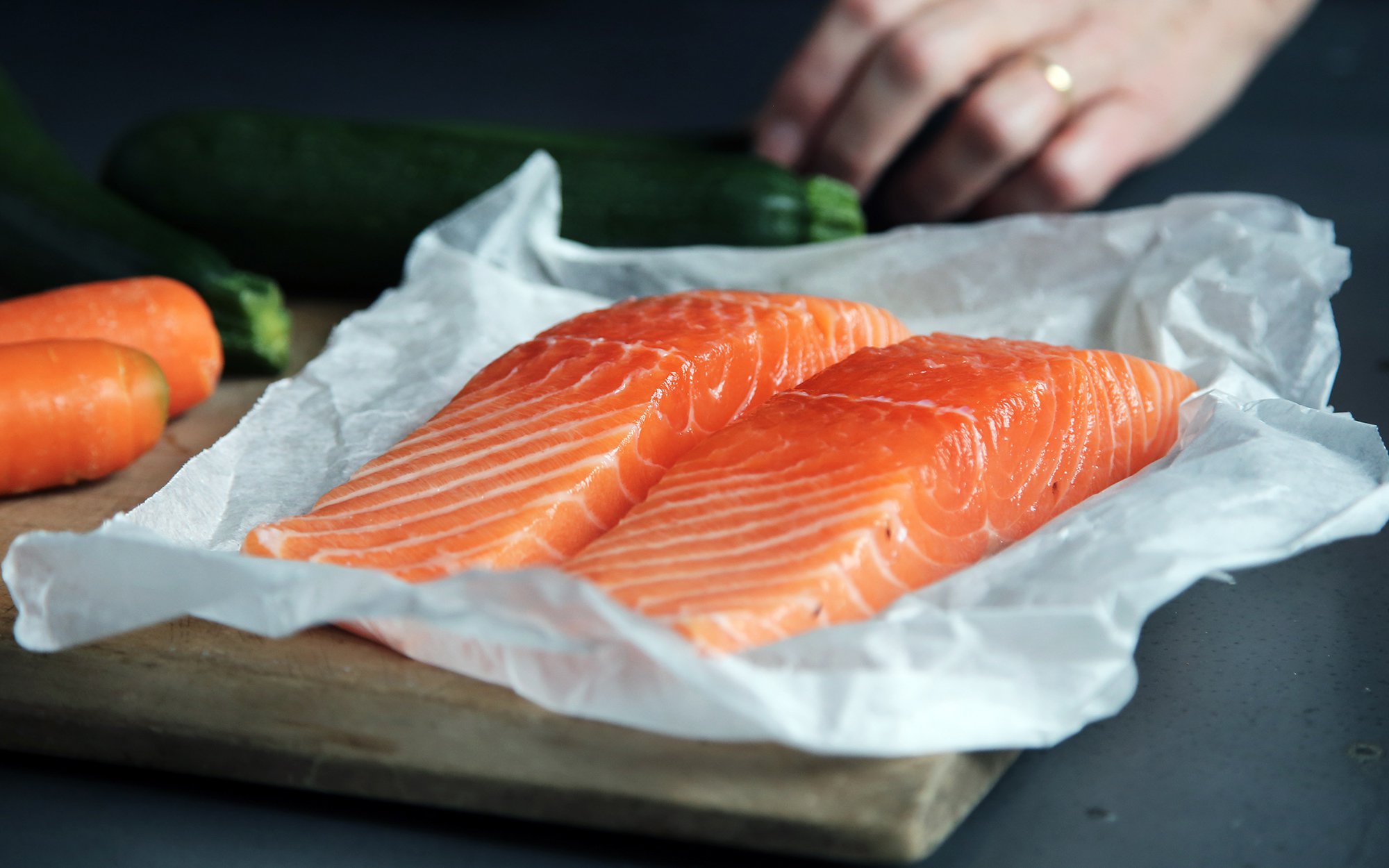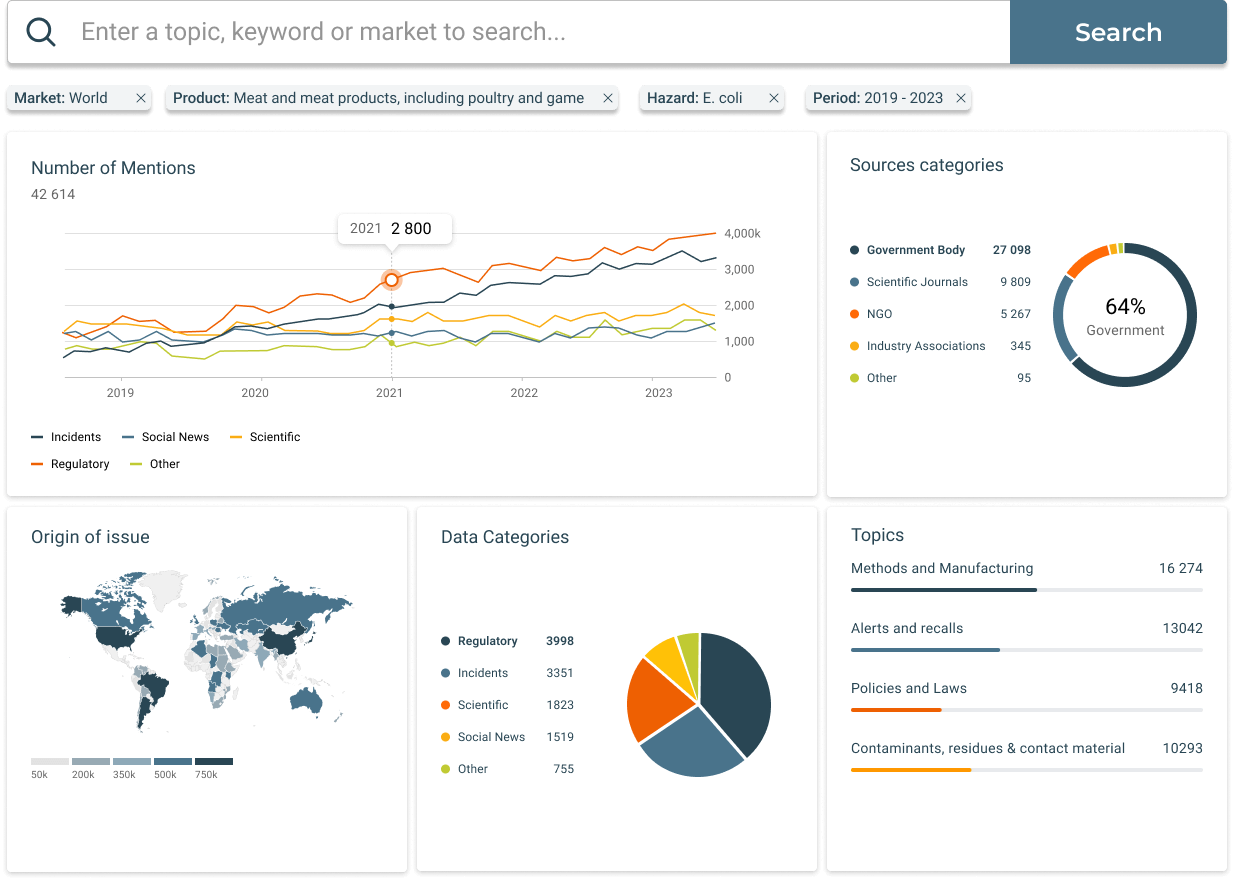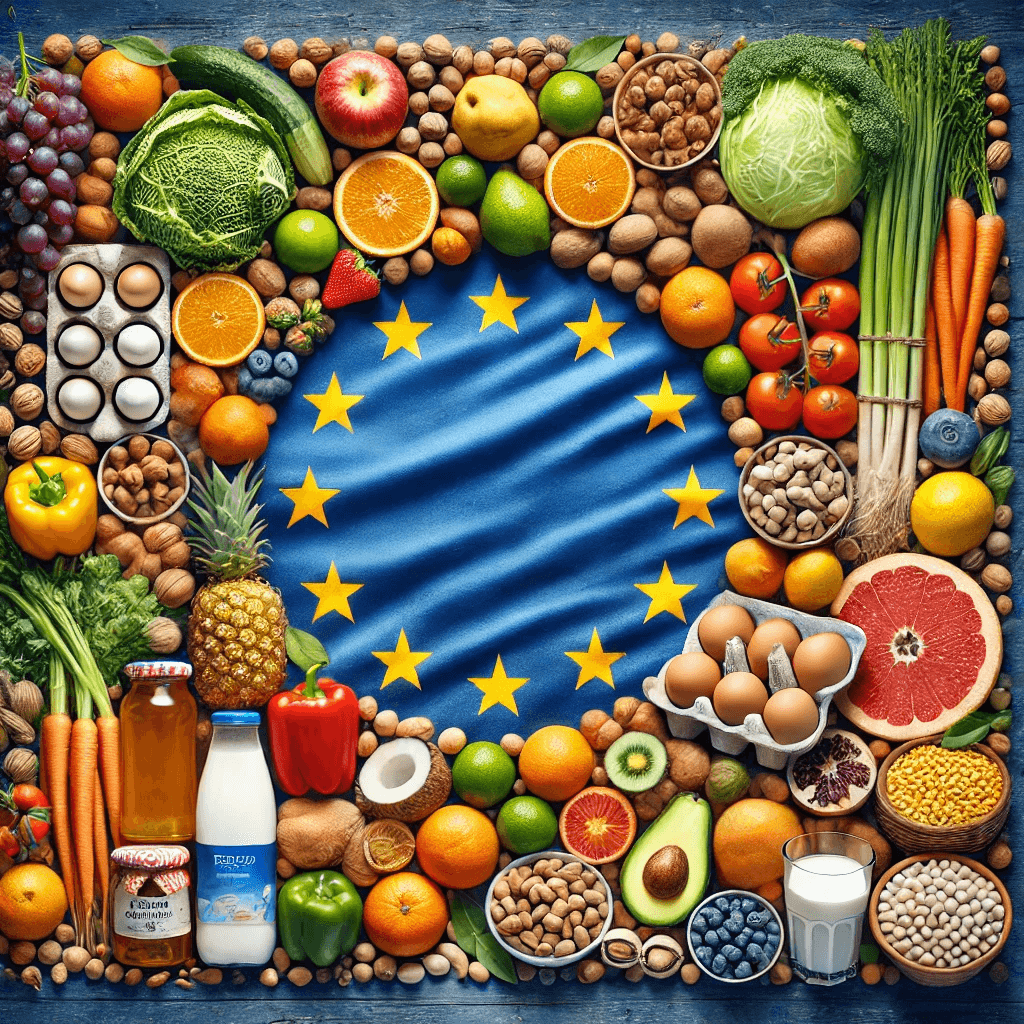
We all know that salmon is a nutritious and delicious fish, but do you know the difference between wild and farmed salmon? In this article, you’ll learn about the differences between the two and how to choose the best option for you. From the nutrition facts to the sustainability of each option, we’ll examine the pros and cons of wild and farmed salmon.
We’ll also explore the environmental and health concerns posed by farmed salmon. At the end of this article, you’ll have a better understanding of the differences between wild and farmed salmon and be able to choose the best option for your health and the environment.
Table of Contents
Nutritional Value
Salmon is one of the most nutritious fish available. Both wild and farmed salmon are excellent sources of omega-3 fatty acids, high-quality protein, and several vitamins and minerals. However, there are some differences in nutritional values between wild and farmed salmon.
- Wild salmon is higher in omega-3 fatty acids than farmed salmon. Wild salmon also contains more vitamin A and D, which are important for immune health and bone health. Wild salmon is leaner than farmed salmon, and has less fat and calories.
- Farmed salmon, on the other hand, is higher in certain minerals, such as calcium, iron, and zinc. It is also higher in fat, which can be beneficial for people who are looking to gain weight. Farmed salmon is also more affordable than wild salmon.
Overall, both are an excellent source of nutrition. Ideally, by including both types of salmon in your diet, you can get the most out of the nutritional benefits of them.
Wild Salmon
Wild salmon is a great source of healthy fats and protein, as well as being packed with essential nutrients. It is a great way to get Omega 3 fatty acids, which have numerous health benefits like helping to reduce inflammation and lowering cholesterol. Wild Salmon is also high in B vitamins, selenium, and vitamin D, all of which are important for overall health and well-being.
In terms of its nutritional content, wild salmon offers, per 3 ounce serving:

- About 20-25 grams of protein.
- About 7-11 grams of total fat.
- Vitamin B12, vitamin D, selenium, and magnesium.
- Only 140 calories.
Farmed Salmon
Farmed salmon also contains omega-3 fatty acids, which are important for brain and heart health. A 3-ounce serving of farmed salmon contains approximately 17 grams of protein, as well as high levels of vitamin B12, selenium, and niacin.
Farmed salmon is also a great source of healthy fats. It contains a type of polyunsaturated fat called omega-3 fatty acids, which can help reduce inflammation and improve heart health. Additionally, farmed salmon is high in vitamin D, which is important for bone health and can help protect against certain types of cancer.
Although farmed salmon is generally considered a healthy food, there are some potential risks associated with consuming it. Salmon farms usually feed those fish on a diet high in antibiotics, which can have negative health effects. Additionally, farmed salmon can contain higher levels of contaminants such as PCBs and mercury, which can be harmful to human health.
Looking for salmon risotto recipes? You will love this one.
Environmental Impact
Wild and farmed salmon have different environmental impacts. Wild salmon have a natural life cycle, while farmed salmon are raised using human-made methods. Wild salmon have less of an impact on the environment, as they use natural resources. In addition, wild salmon are less likely to have diseases or parasites, which can be detrimental to the environment.
Farmed salmon, on the other hand, require more resources to be produced. Salmon farms artificial installations can be detrimental to the environment, as it requires increased use of energy, water, and chemicals, as well as a vast land. Additionally, these species are more likely to be infected with diseases and parasites, which can spread to other fish and potentially other animals.
Wild salmon also require less feed than farmed salmon, making them more sustainable. Wild salmon feed on the natural resources available to them, while farmed salmon are given a controlled diet of pellets, which can be damaging to the environment.






